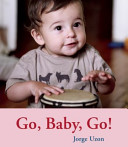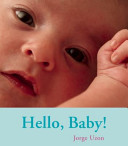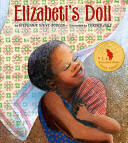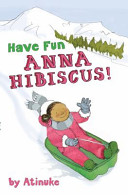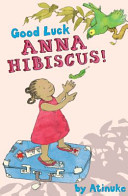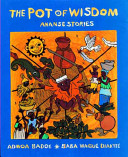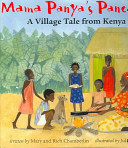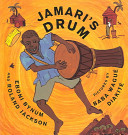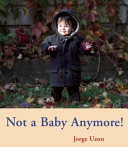
This beautifully photographed series of board books shows us the major stages in a baby’s first year — the first day, sitting, crawling, and walking. Mother, father, and big brother also appear. Finally in Not a Baby Anymore! the little boy has made the amazing transition to walking, and he has even started day care. We see him having his first haircut and getting all dressed up in time to celebrate his very first birthday party.

